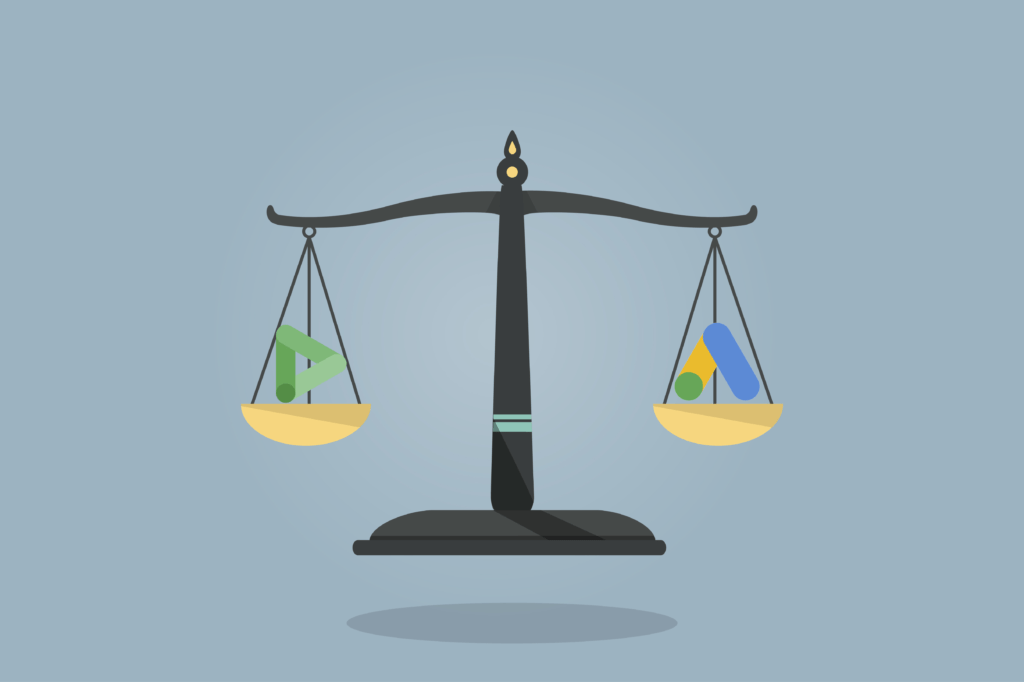
If you are in the digital advertising industry, you would have come across the acronym DSP (demand side platform) and others like SSP, DMP, PMP, PA, PD, PG, and many more. Welcome to the world of Programmatic! It is confusing for anyone new. Afraid you should not be. In this article, we will be explaining what the heck a DSP is and why it matters to the digital advertising industry.
Check out the Glossary below to learn more acronyms.
What is a demand side platform?
Demand Side Platform (DSP) is simply a platform to buy digital ad spaces at scale.
Take the food delivery app scene, for example, where you have the likes of GrabFood, Foodpanda, and UberEats. These apps make it easy to get food of all kinds delivered compared to the traditional food delivery that was limited to certain types of restaurants.
That’s how DSPs function in the Programmatic Advertising space. They make buying digital ad spaces easier than the traditional way of reaching out to individual digital ad space owners to buy ads.
What can a DSP do?
At its core, a DSP performs the following functions:
- Buys digital ad spaces across many different types of inventories.
- Uploads your creatives/ads, which get shown on purchased digital ad spaces.
- Allows targeting to reach your desired audience profile better.
- Integrates with various advertising technologies to give you advanced features beyond native capabilities.
What differentiates DSPs?
Based on the core functions of a DSP, the differences are as follows:
- Inventory Access such as exclusivity. For example, Google Ads/DV360 has exclusive YouTube and Gmail inventory access.
- Available Formats such as Display, Video, Audio, Native, and DOOH.
- Audiences:
- 1st Party Data types that are supported.
- 2nd Party Data availability that is exclusive to the DSP. For example, Google Ads/DV360 has Google data, Yahoo DSP has Yahoo data, and Amazon DSP has Amazon data.
- 3rd Party Data providers that are available within the DSP.
- Integration support and others
- DMP and 3rd party vendor integration/support vary across DSPs
- Most DSPs offer CPM buying, while some allow CPC/CPV buying. However, note that the basis of Programmatic/RTB transactions is CPM.
Why do demand side platforms matter?
There are many reasons why using a DSP should be considered for any advertiser. We’ll list four key reasons for now:
- Scale of advertising opportunity across multiple SSPs, Exchanges, and Networks.
- Real-time data for reporting, analytics, and optimizations.
- Granular targeting to reach your desired audience.
- Simplify your digital advertising operational and admin workflow.
That’s all for now! Hopefully, this sheds some light on what DSPs are. We will be covering more on the different DSPs available. Stay tuned!


